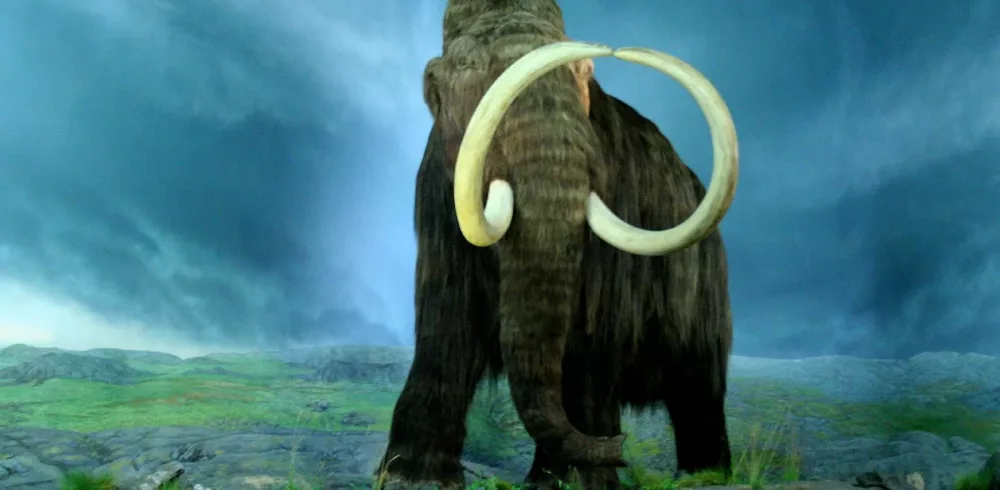Genetic Engineering Induces Real Life Jurassic Park : In less than ten years, a remote part of Russia will become home to animals long since extinct from the planet.
A real-life Jurassic Park style centre will be showcasing Cave lions, extinct horses and even woolly mammoths, who will rise from their graves due to genetic engineering and once again roam the Earth, or Russia at least.
Experiments are ongoing to complete genetic recreations of ancient horses, remains of which have been found in Yakutia, Siberia, and Cave Lions, which are 10% bigger than today’s African species. These DNA fuelled experiments stand as practise for the main feature of the park, the woolly mammoth.
Bringing a species that has been dead for some 10,000 years back to life isn’t one that scientists are undertaking lightly, but after the park was first proposed in 2014, creations are well under way that could see an all new attraction available for the public to witness before 2030.
Russian, South Korean and Japanese scientists are all in collaboration with developing technologies in order to try and restore such creatures as the woolly mammoth and the woolly rhinoceros by studying extinct animals against living cells.
Remarkably, woolly mammoths have been found almost completely preserved, which allows for cloning specialists and genetic engineers to be in with a fighting chance at bringing some life back to the lost mammals.
The creation of hybrid animals comes from extracting DNA from frozen specimens, in the case of the woolly mammoth, this DNA is then spliced with skin cells from an elephant. Skin cells are then reprogrammed to become stem cells and are added to an egg from a female Asian Elephant. The egg is then stimulated and turns into embryos, which grows in an artificial womb, the womb is still in the development stages.
From the womb a woolly mammoth is expected to be birthed, this system has already been successful in creating genetically modified lambs and sheep.
It is estimated the mammoth will need to remain in the womb for around 22 months before being ready to enter the real world.
This type of genetic engineering could have bigger implications for the planet than offering animal infused entertainment. Studies surrounding extinct creatures can help future studies into understanding genetic diseases, especially rare ones, which can in turn lead to research into how to accurately diagnose and treat specific ailments.
The innovative techniques of creating and implementing mammalian embryos are to be released in scientific papers later this month, and could revolutionise the ways in which we view genetic engineering.
Alongside offering people a chance to witness animals that seemingly had no hope of existing again, and boosting health care advantages, the Park is thought to create an environment that could stop Siberia’s permafrost from melting, which would help resolve the billions of tons of greenhouse gases released annually.
Woolly Mammoths grazing over planes would also help to keep harsh, bitter snow compact in the winter and would allow grass to be compacted in summer, which can lower the permafrost temperature.
Theoretically, woolly mammoths, although in a modern updated hybrid form, are to return to the very place in which they died out during the ice age.
With technological advancements exploding into everyday knowledge and practise, those things that once sounded like sci-fi nonsense, such as bringing a woolly mammoth back to life, are rapidly entering our reality.
It stands as beyond remarkable that such creatures could be roaming the planet once again, and in our lifetime.
Manufacturing & Engineering Magazine | The Home of Manufacturing Industry News














